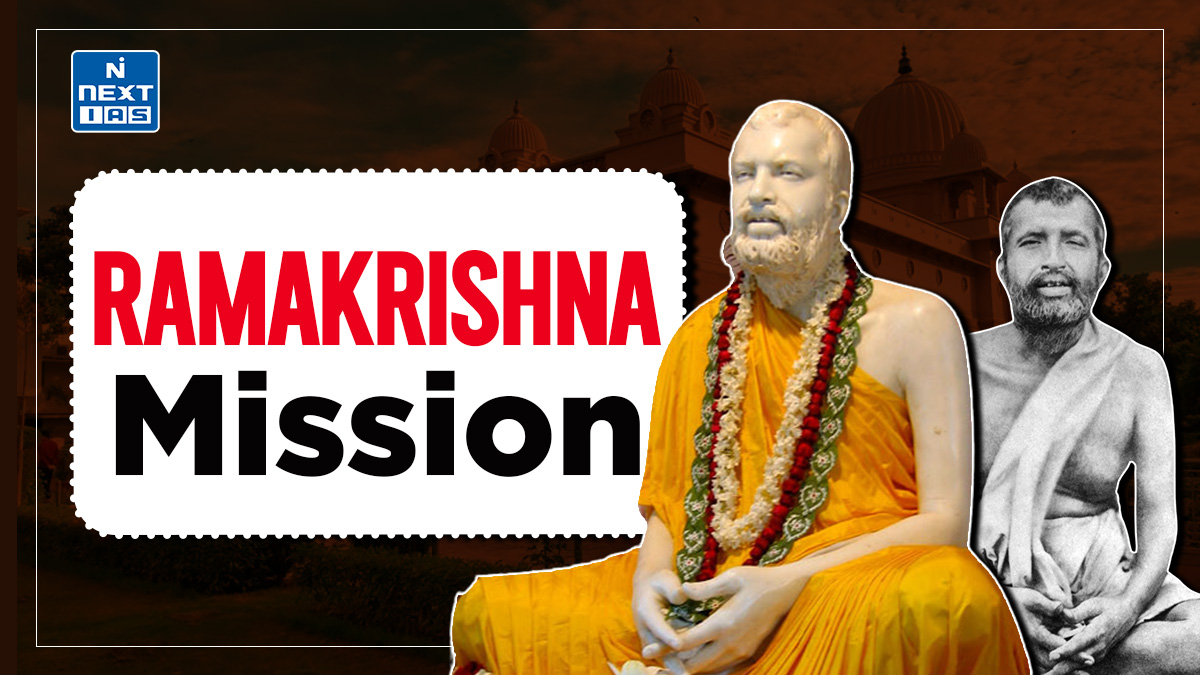
The Hot Weather Season in India spans from March to May, marked by rising temperatures and decreasing air pressure. This period significantly impacts agriculture, weather patterns, and daily life across the country. This article aims to study in detail the various features, local hot storms, and conditions of the hot weather season in India.
About Hot Weather Season In India
The hot weather season in India spans March, April, and May. During this period, the sun’s northward movement shifts the global heat belt northwards, leading to rising temperatures and decreasing air pressure in northern India.
Features of Hot Weather Season in India
- High Temperatures – The hot weather season, also known as summer, experiences exceptionally high temperatures, often exceeding 40°C in many parts of the country.
- Low Humidity – Humidity levels are generally low, leading to dry and hot conditions, especially in the interior regions.
- Heat Waves – Frequent heat waves occur, particularly in northern and central India, making the season harsh and uncomfortable.
- Dust Storms – Dust storms are common in the northwestern regions, caused by the intense heating of the land and the resultant atmospheric instability.
Conditions for the Hot Weather Season In India
The following conditions prevail during the hot weather season in India:
Temperature Rise
- The temperatures rise significantly, often reaching 41- 44°C by mid-May, with some areas in the northwest experiencing even higher temperatures, up to 48°C.
- The highest temperatures are recorded right before the arrival of the Southwest monsoons.
Low Pressure and Humidity
- There is a noticeable drop in air pressure, with a low-pressure trough forming from the Thar Desert to the Chotanagpur Plateau.
- Humidity levels are generally low, leading to a dry and hot environment.
Dry and Hot Winds
- Dry, hot winds, known locally as “loo,” blow across northern India, sometimes continuing into the night.
- These winds can cause a severe drying effect on vegetation and contribute to heat strokes.
Dust Storms
- Dust storms, often accompanied by light rains and cool breezes, are common in the northwestern part of India, particularly during May.
Regional Variations
- Southern India experiences relatively lower temperatures due to the moderating influence of the Arabian Sea and Bay of Bengal.
- The west coast sees lower temperatures compared to the east coast due to prevailing westerly winds.
Local Storms
- The hot weather season features local storms like:
- “Norwesters” (Kal Baisakhi) in West Bengal and Assam,
- “Mango Showers” in Kerala and Karnataka, and
- “Cherry Blossom” showers in coffee-growing regions of Kerala.
Cyclones
- Tropical cyclones often form in the Bay of Bengal and the Arabian Sea, impacting coastal areas with heavy rainfall and strong winds.
Movement
- The Inter-Tropical Convergence Zone (ITCZ) shifts northwards, influencing the wind patterns and contributing to the seasonal changes.
- The ITCZ’s position draws south-westerly surface winds along the west coast and the coasts of West Bengal and Bangladesh.
- These winds become easterly or south-easterly over North Bengal and Bihar. As previously mentioned, these south-westerly monsoon currents are actually ‘displaced’ equatorial westerlies.
- The arrival of these winds by mid-June signals a transition in the weather toward the rainy season.
Famous Local Storms of Hot Weather Season in India
Some famous local storms of the Hot Weather Season of India are:
Loo
- In Northern India, afternoon dust storms are common.
- During summer, very hot and dry winds blow over the North Indian plains. They are locally called the ‘Loo’.
- These temporary storms bring a welcome respite from the oppressing heat since they bring light rains and a pleasant cool breeze.
- Occasionally, moisture-laden winds are drawn to the periphery of the trough, and the sudden contact between dry and moist air masses gives rise to intense local storms.
- These storms are characterised by violent winds, torrential rains, and hailstorms.
- Exposure to these conditions often leads to fatal heat strokes.
- The Loo, with its extremely low humidity and high temperatures, has a severe drying effect on vegetation, causing widespread browning in affected areas during May and June.
- The Loo ends in late summer with the arrival of the Indian monsoon.
- In some areas of North India and Pakistan, there are brief but violent dust storms known as Kali Andhi (or black storms) before the monsoon sets in.
- It can block out the sun, drastically reduce visibility and cause property damage and injuries.
Norwesters
- These are dreaded evening thunderstorms.
- In West Bengal and Assam, these storms are known as the ‘Kal Baisakhi’ (calamity for the month of Baisakh).
- Their notorious nature can be understood from the local nomenclature of ‘Kaal Baisakhi’.
- These showers are beneficial for tea, jute, and rice cultivation. In Assam, these storms are known as ‘Bardoli Chheerha’.
Mango Showers
- Towards the end of the summer season, pre-monsoon showers are common, especially in Kerala and Karnataka.
- These showers help in the early ripening of mangoes and are often referred to as ‘Mango Showers’.
Cherry Blossom
- These showers help to blossom coffee flowers in Kerala and nearby areas.
| Note: This is also the season of tropical cyclones originating in the Bay of Bengal and Arabian Sea. Most cyclones originate in the Bay of Bengal and move west or north-west and cross the Indian coast, bringing heavy rainfall in coastal areas, a common phenomenon in Kerala and the coastal regions of Karnataka. |
Conclusion
In conclusion, the hot weather season in India is a time of intense heat, low humidity, and dynamic weather patterns, including the ‘loo’ winds and local storms such as Norwesters and Mango Showers. The season also witnesses the formation of tropical cyclones that affect coastal areas. Recognising the characteristics and regional variations of this season helps prepare for its challenges and leverage its unique climatic features.
Frequently Asked Questions (FAQs)
What is the time period of hot weather season in India?
The hot weather season in India typically lasts from March to June.
Which seasons are the hottest in India?
Answer: The hottest seasons in India are the pre-monsoon (March to May) and summer (June) seasons. During these months, temperatures can soar, especially in northern and central India, often exceeding 40°C. This period is characterised by dry and scorching heat leading up to the arrival of the monsoon rains.





